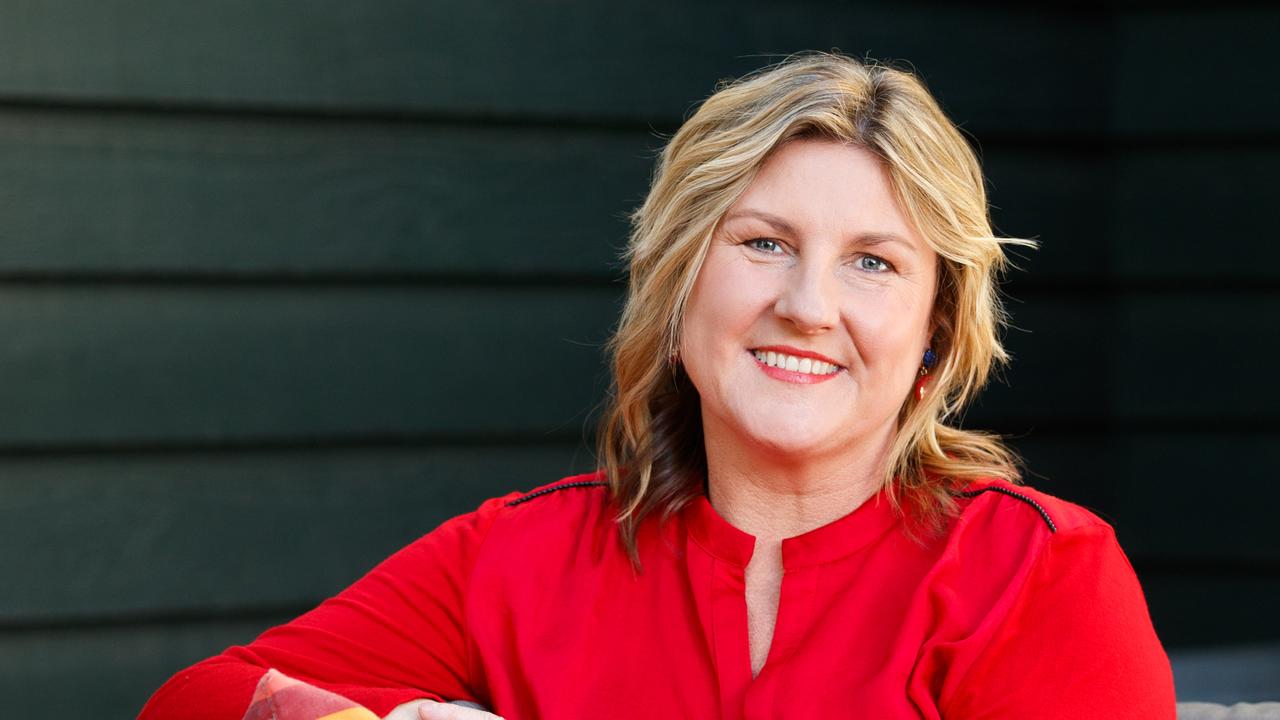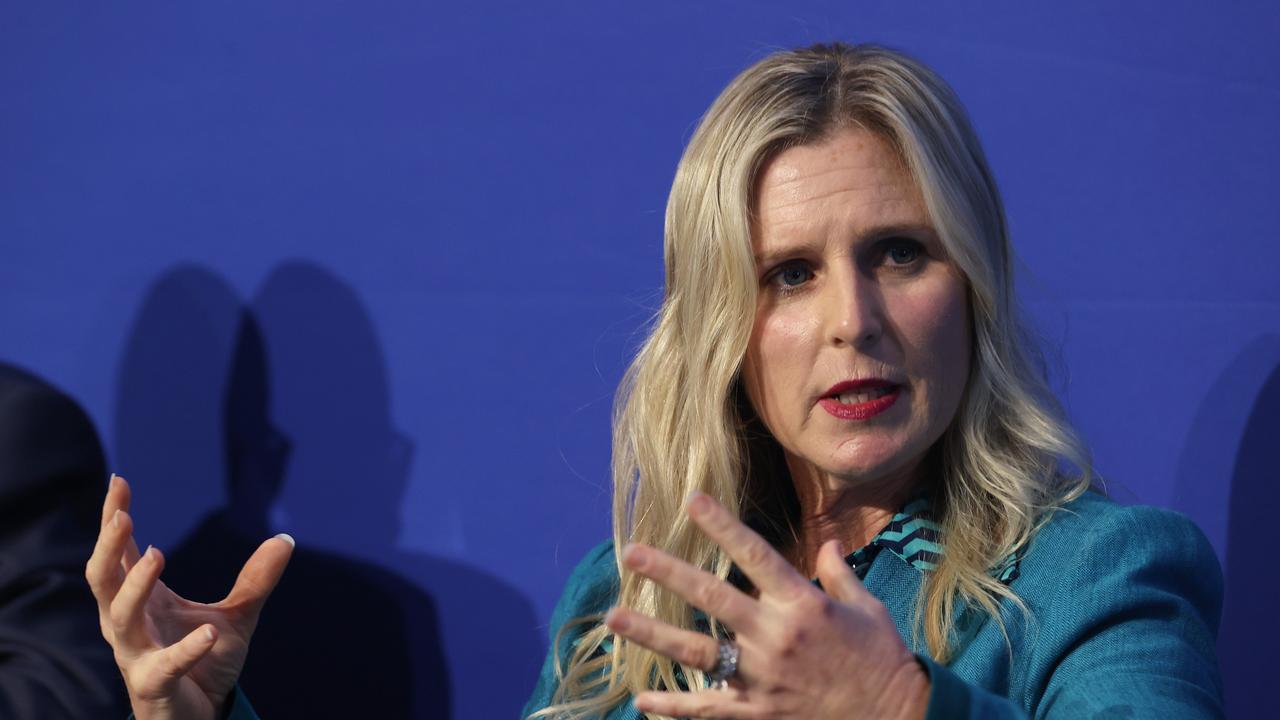AustralianSuper’s net inflow of $25bn built on its sheer size
AustralianSuper brought in $25bn in the past financial year but number two player ART’s inflow was a more modest $5bn, says Conexus.

Industry super fund giant the $260bn AustralianSuper is striding ahead of the pack with more than $25bn in net inflows over the past financial year, according to a research paper by superannuation think tank The Conexus Institute.
Comparative analysis by the institute’s executive director, David Bell, shows Australia’s second largest fund, the $230bn Australian Retirement Trust (ART), only had net inflows of just over $5bn over the year.
ASX-listed wealth platform HUB24 is emerging as another rapidly growing player in the superannuation sector, also recording net inflows of more than $6bn over the financial year, but off a much smaller asset base.
The research shows that traditional retail wealth management groups such as AMP, Insignia, BT Super and CFS have had net outflows, while platforms like HUB24, Netwealth and those run by Macquarie have emerged as a new growth area for more retail-orientated superannuation brought in by financial planners.
Mr Bell said AustralianSuper had seen a net “natural” inflow funds over the 2022 financial year of $10bn (member contributions minus payouts) which was supplemented by another $15.4bn in funds switched from elsewhere, making a total inflow of more than $25bn.
Australia’s second largest super fund, ART (formed last year from a merger of Sunsuper and QSuper), had net natural inflows of about $6bn but did not attract any significant net inflows from people switching from other funds.
In contrast, almost all of HUB24’s growth came from people switching into its funds, coming in third behind AustralianSuper and ART in net super inflows.
“We have two mega (superannuation funds) but AustralianSuper will be the clear leader going forward,” Mr Bell said.
“They can get $25bn in net new inflow a year just from being who they are.”
He said AustralianSuper had established itself nationally as a public-offer fund which was not aligned to any particular industry.
“If you’re talking to anyone around the BBQ who asks what super fund they should go into, the easiest answer is AustralianSuper,” Mr Bell said.
“It’s public offer, it covers all industries, they are a good performer, and they are a brand you are familiar with.”
ART, which adopted its new name following the merger of the two Queensland super funds early last year, is a new brand in the market and conducting an extensive marketing campaign to pitch itself to a broader audience.
Mr Bell said ART’s lower net inflows, which are partly due to it having more members in retirement and partly due to its relatively new image as a national fund, meant it would have to work harder to attract new funds in the competitive market if it were to keep up in size with AustralianSuper.
“ART are working hard on developing a clear marketing and branding strategy now they have their new brand name,” Mr Bell said.
“They’ll be trying to compete with AustralianSuper, but AustralianSuper is the really big one.”
He said funds could also expand by mergers – which have been a big feature of the industry in recent years — but there were no obvious opportunities for the emergence of another megafund like ART.
“It’s going to be very hard to create another new megafund, because it would require two large funds to merge together,” he said.
“But it’s getting harder and harder as there are fewer natural merger opportunities there.”
Mr Bell said there was now a “big 14” club of super funds in Australia, led by AustralianSuper and ART.
“There are the two mega funds, five very large funds and seven large funds,” he said.
“Below that is another club of mid to small funds and then you have a tail of very small funds.”
The research shows the third-largest fund, in terms of net new inflows, was hospitality industry fund Hostplus, which had just over $4bn in natural flows over the year and total net inflows of $5.1bn. It was followed by UniSuper with net inflows of about $4.3bn.
Mr Bell said the new factor in the superannuation industry was the rise of platforms like HUB24 which was founded in 2007.
“Historically, most people have said there have been flows out of the big retail funds into the big industry funds,” he said.
“That’s probably still true to a degree, but there are the other for profit platforms like HUB24, Netwealth and Macquarie, which are winning a lot of funds.
“They are probably taking it from the big retail funds and it is probably adviser led. So it means the big retail funds are being squeezed from both sides of the competitive market place at the moment.”
He said the new platforms like HUB24 were growing very fast.
HUB24 had the fastest growth in net inflows of any player as a proportion of its size – at 30 per cent – followed by Netwealth’s 20 per cent and the 10 per cent in Macquarie’s super fund inflows.
He said the new platforms were marketing themselves as having newer, better technology.
“They say they have been investing more in technology, which can bring greater functionality and they can do things — they argue — with far greater tax efficiency. From an adviser’s point of view, it might be really attractive,” he said.



